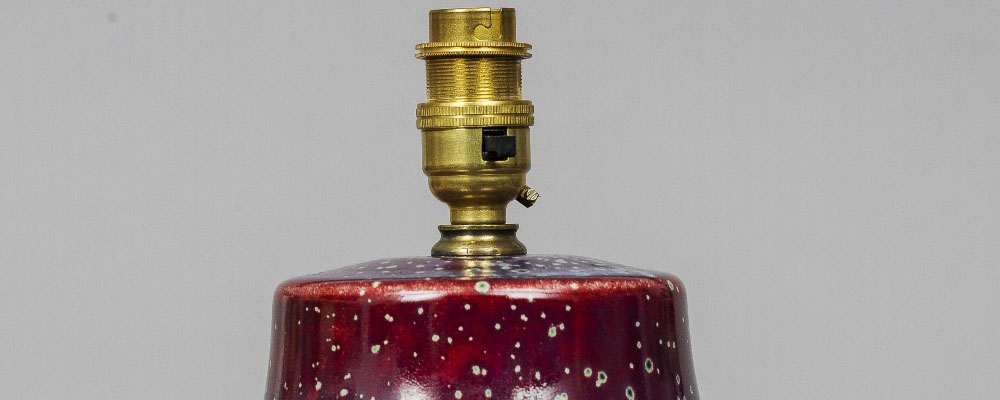Many Ruskin pottery collectors are familiar with the two catalogues produced by the pottery. The 1905 catalogue issued after the success achieved by the pottery at the 1904 St. Louis exhibition illustrated the 255 shapes that were in production along with the sizes and price codes. In 1906 this was
Read MoreMany Ruskin pottery collectors are familiar with the two catalogues produced by the pottery. The 1905 catalogue issued after the success achieved by the pottery at the 1904 St. Louis exhibition illustrated the 255 shapes that were in production along with the sizes and price codes. In 1906 this was










